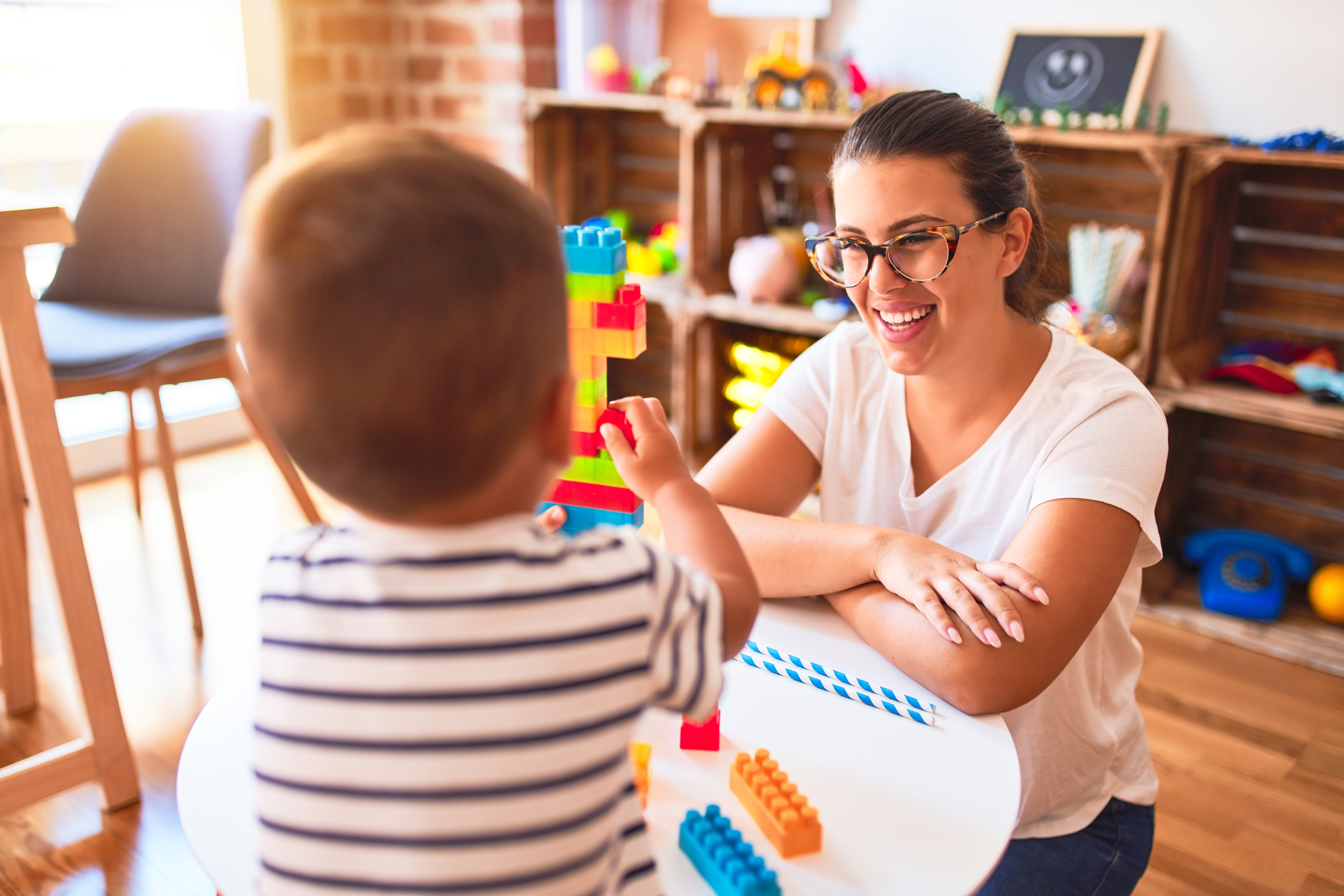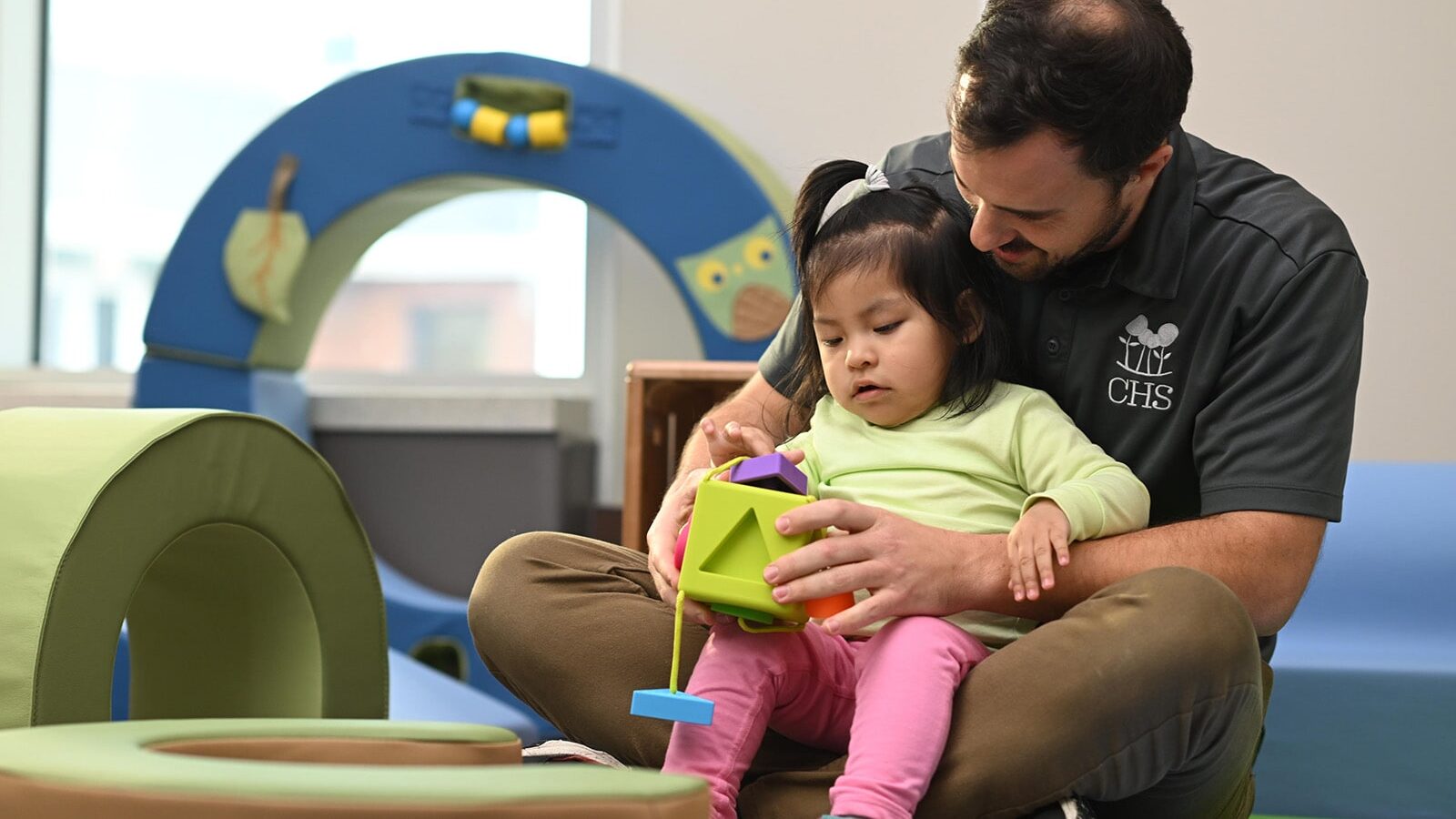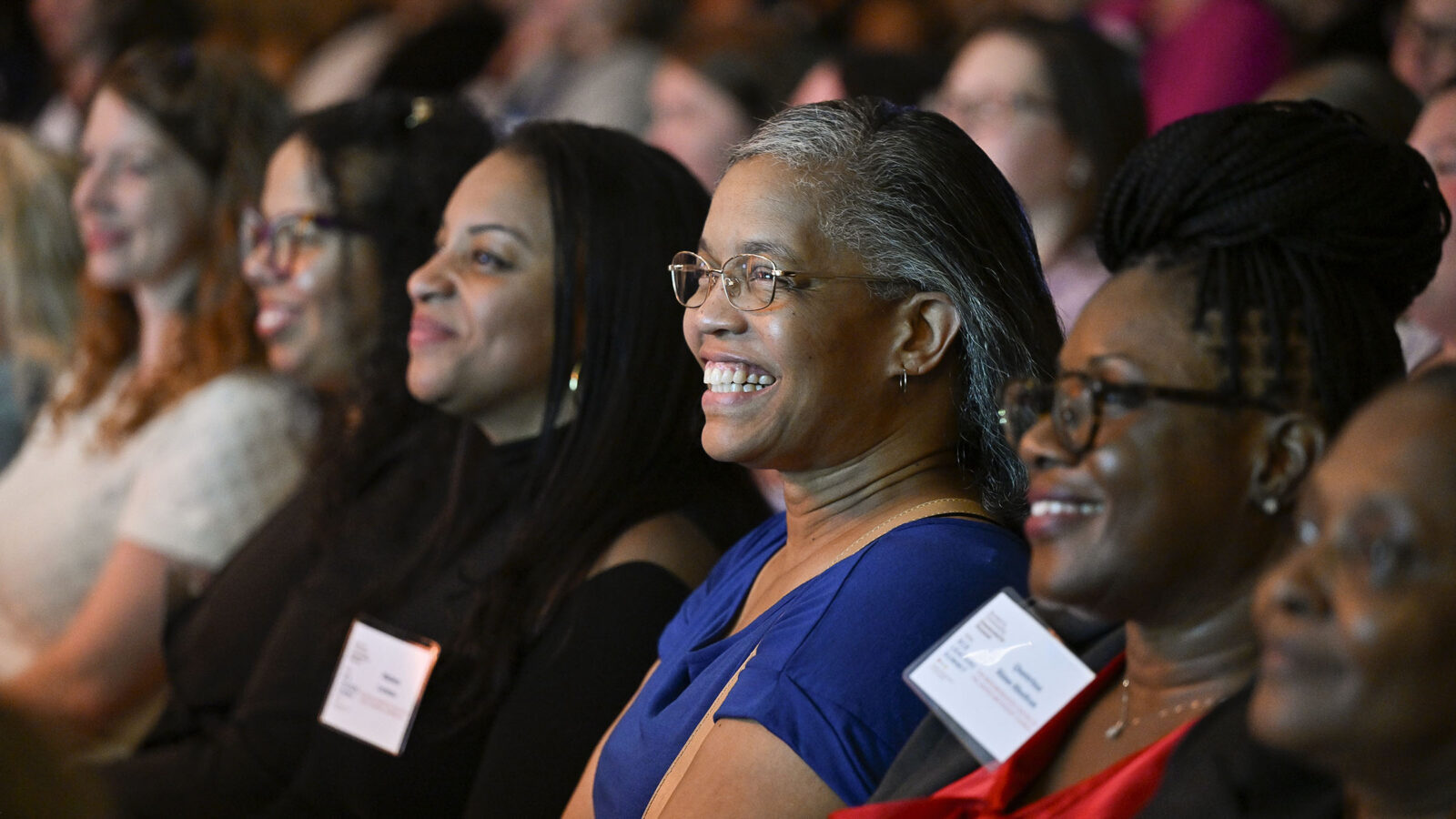Why Looping? How Continuity of Care Boosts Child Outcomes

At the heart of children’s learning experience, particularly in their early years, lies a series of relationships with family, caregivers, teachers, and community members. High-quality relationship-based care is central to children’s early brain development, emotional regulation, and learning.
Early childhood experiences build the foundation for our future skilled workforce, a responsible community, and a thriving economy. The critical foundation for these essential executive function skills are children’s relationships, the activities they have opportunities to engage in, and the places where they live, learn, and play.
Children have billions of neurons at birth, but the connections between synapses are strengthened through repeated positive experiences. These connections provide children with the building blocks for everything they will need to learn throughout their lives. This means that children’s well-being and development require responsive environments and supportive relationships to build sturdy brain circuits, facilitate emerging capabilities, and strengthen the roots of physical and mental health.
While this may be obviously applicable to a family setting, a growing body of educational opinion is considering how early learning organizations can also utilize this approach. Continuity of care (COC), the practice in which children and caregivers stay together for as long as possible, has emerged as a strongly recommended practice for infant and toddler care and education, supported by National Association for the Education of Young Children (NAEYC), Zero to Three, the Program for Infant/Toddler Care, and Catherine Hershey Schools for Early Learning, among others.
The Looping Model
This has given rise to ‘looping,’ the practice of keeping a group of children with the same teacher/caregiving team for more than a year, ideally for the child’s first three years of life. For example, the team begins with a group of infants and remains with them until they reach age three. The caregiving team then ‘loops’ back to begin with a new group of infants, starting a new three-year cycle. Another COC approach is the multi-age model, which involves mixed-age groups that might include young infants, toddlers, and two-year-olds, all together in one room. At some point, often during summer or early fall, children who have ‘aged out’ move out, and new, younger infants or toddlers move in.
The looping model approach was first implemented by Austrian educator Rudolf Steiner more than a century ago. It is an approach gaining ground as it can provide a consistent caregiver during the young child’s critical period of attachment and emotional development.
A growing understanding of the field of epigenetics (in which external forces impact gene expression) has magnified the importance of attachment in early childhood. Put simply, persistent negative emotions in children— particularly under the age of five— cause the child’s developing nervous system to be more vulnerable to trauma and even disease, both now and in the future.
So why does looping work? Infants and toddlers thrive in secure relationships with a small number of key adults, and these secure relationships take time to develop and are best if they are long-lasting. When early learning educators and children stay together, preferably for the first three years, it boosts learning and development in areas such as emotion regulation, attention, memory, language, and building high-quality relationships.
NAEYC also notes that looping empowers families, as those with children in COC settings become strong advocates for their children, which carries through to formal schooling.
Elementary students matched with the same teacher two years in a row showed improvement in test scores, and the benefits of repeated child-teacher matches were most significant for students of color. Of course, there may be downsides, and it will not be the right choice for all schools and communities. The looping model is only as effective as the implementation, support of families and administration, and the effectiveness of the teacher.
COC offers an approach that allows the relationships children form in early childhood (both at home and in an early learning setting) to promote healthy and positive growth, development, and learning outcomes that can last a lifetime.




